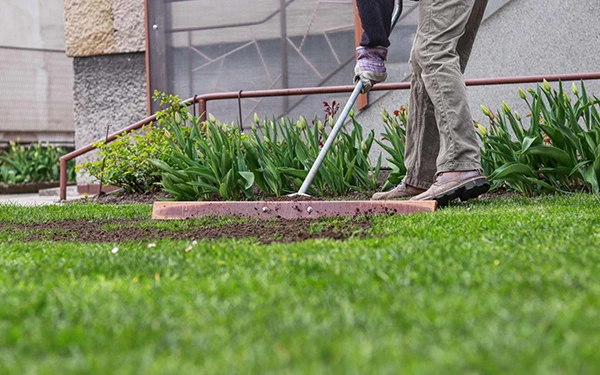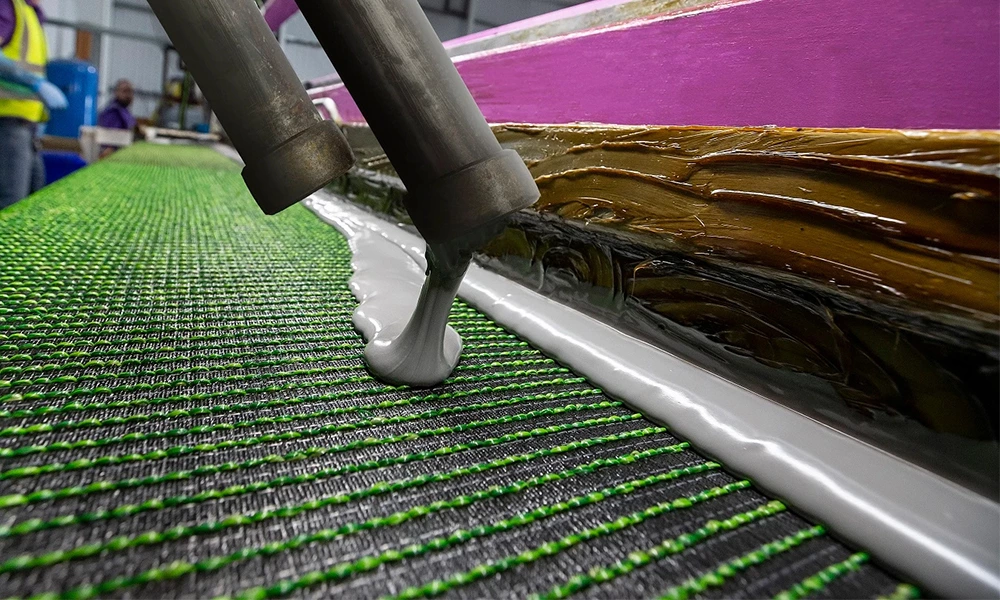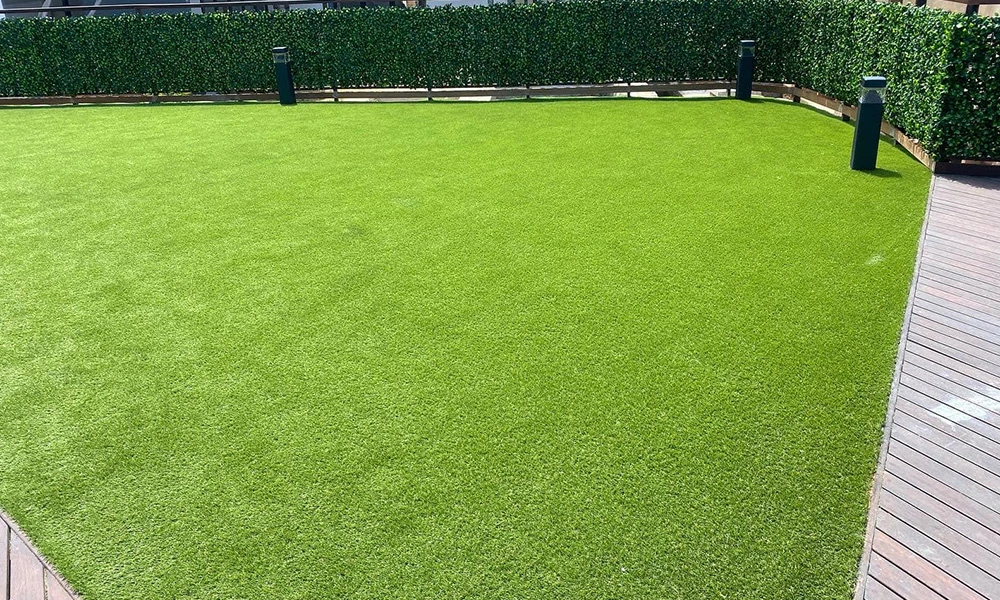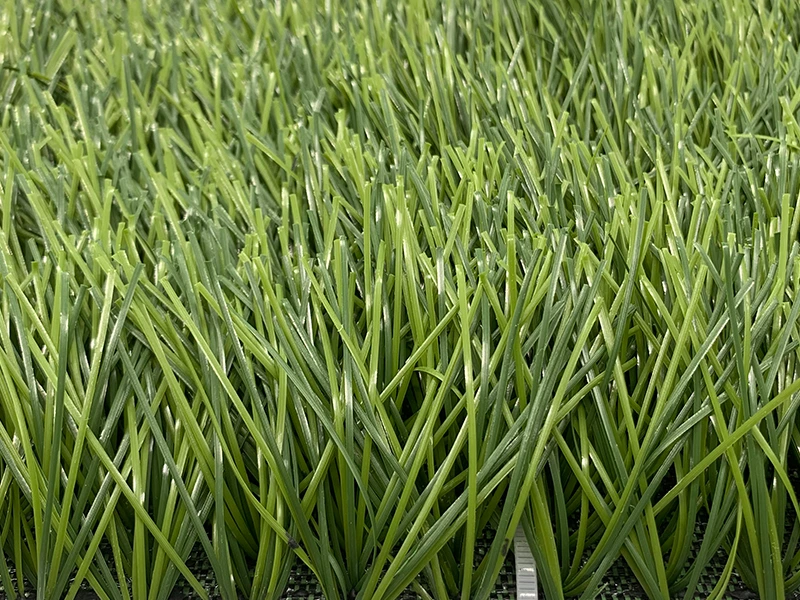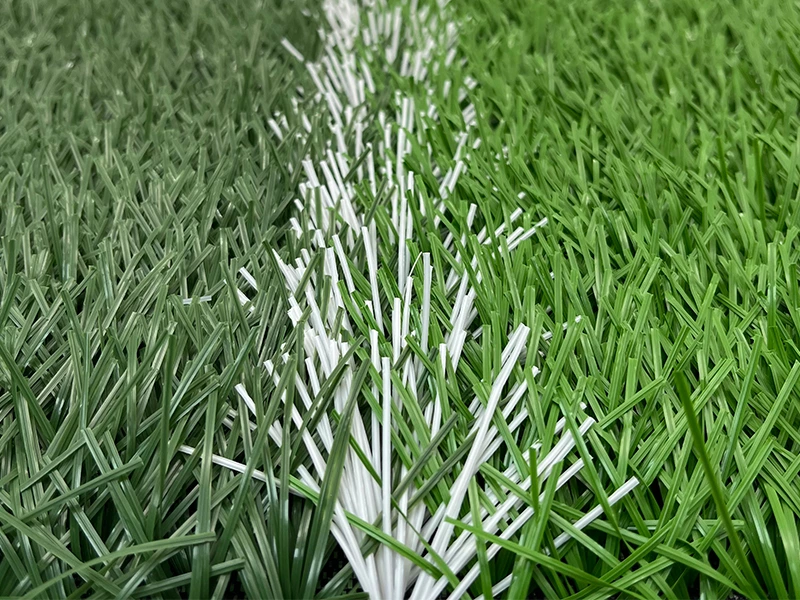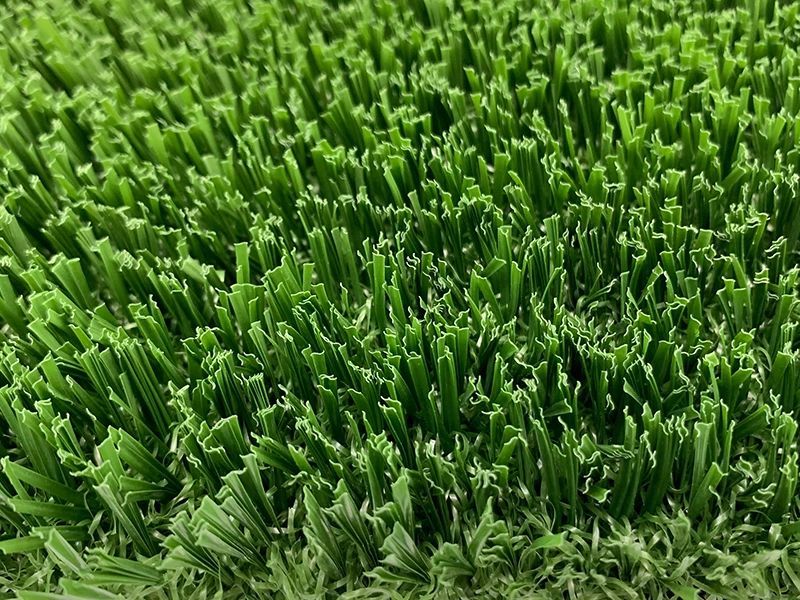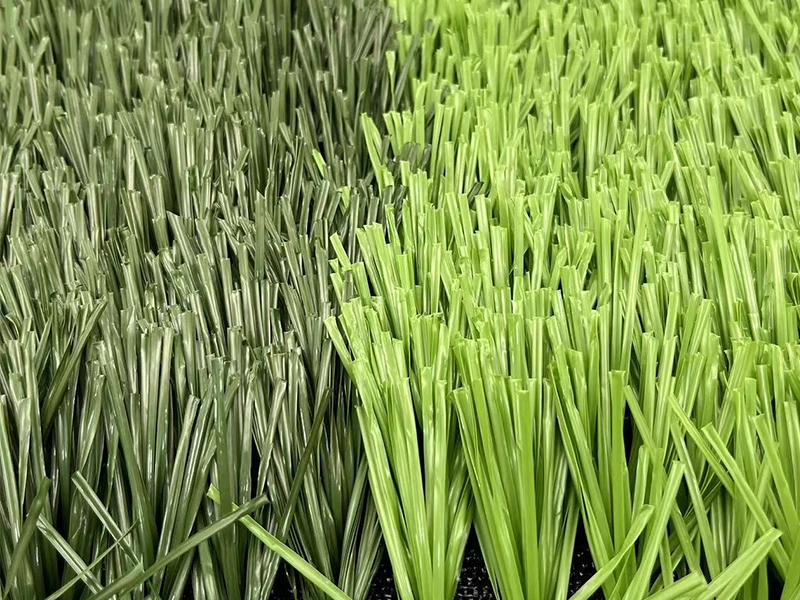Can you just lay artificial grass on dirt?
Although technically, artificial turf can be laid on the surface of soil, it is not recommended to lay it directly. In order to obtain the best visual effect and service life, the soil base must be fully prepared. Here are a few key points:
1. Remove natural turf and other organic matter
The first step before laying is to thoroughly remove the original natural grass, weeds and organic matter such as leaves and roots on the ground. If these residues are not cleaned up, it may cause the artificial turf to deform, bulge, or even breed odors due to rot, insect pests or mold in the later stage. A clean, impurity-free base is the prerequisite for achieving a flat and stable lawn.
2. Compact the soil to build a solid foundation
Although soil is a soft natural ground, if it is not compacted, artificial turf is prone to sinking or uneven settlement after laying. Therefore, it is recommended to use a compactor or manually compact the ground repeatedly to form a dense and stable base structure. For areas with high bearing requirements, fine sand or gravel can also be added as an auxiliary base to further enhance stability and drainage capacity.
3. Ensure the ground is flat and avoid unevenness
A flat surface not only improves the visual perception, but also prolongs the service life of the lawn. After compacting the soil, use a scraper, shovel or level to check whether there are potholes or uneven areas on the ground, and make corresponding repairs and leveling. Especially in large venues or children's activity areas, any minor unevenness may cause safety hazards or reduce the aesthetics.
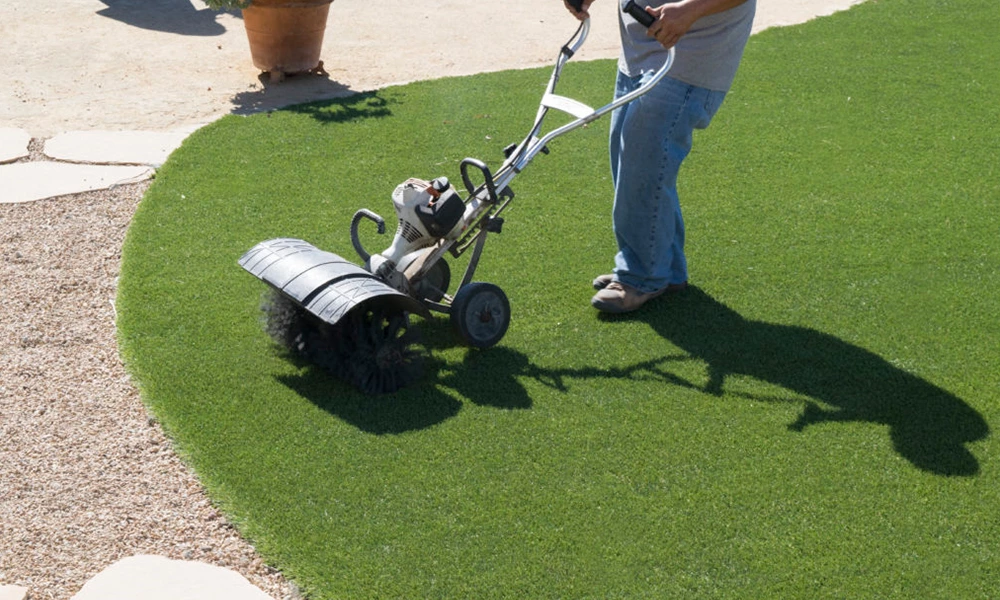
4. Prevent water retention and do a good job of basic drainage
The mud ground is prone to water accumulation in the rainy season. If the drainage is not smooth, it may penetrate to the bottom of the artificial turf, causing blistering, mold and even structural damage. Therefore, the basic drainage design should be considered during construction, such as setting a slight slope or laying a drainage pipe system, gravel layer, etc. under the ground to help quickly drain the water.
5. Why is it not recommended to cover directly on the natural lawn?
Some people may consider laying artificial turf directly on the original natural lawn to save trouble. Although this method saves construction time, it is very likely to cause the following problems:
Uneven surface and obvious collapse
Grass roots continue to grow and break through the bottom of the lawn
Moisture and odor are easily bred in a humid environment
The lawn is not firm and its service life is shortened
In summary, although it is feasible to lay it directly on the grass, it is still recommended to carry out professional foundation treatment when the quality and durability requirements are high.
Conclusion: Foundation preparation determines the life of the lawn
The final effect of artificial turf depends on the quality of the base treatment by 70%. Although soil is an acceptable base, it must be cleaned, compacted and leveled to provide a solid, beautiful and long-lasting "place" for the lawn. If you expect to have a beautiful and durable artificial turf garden, please do not ignore this key preparation step.
